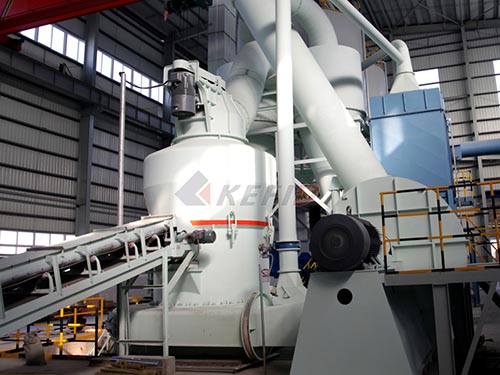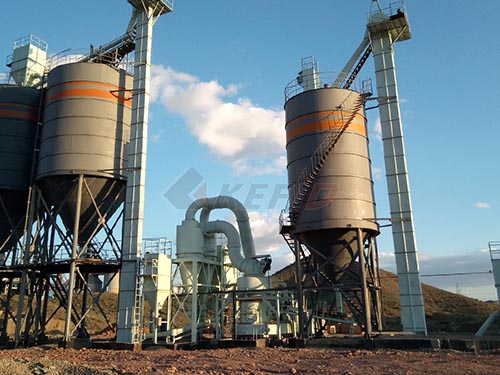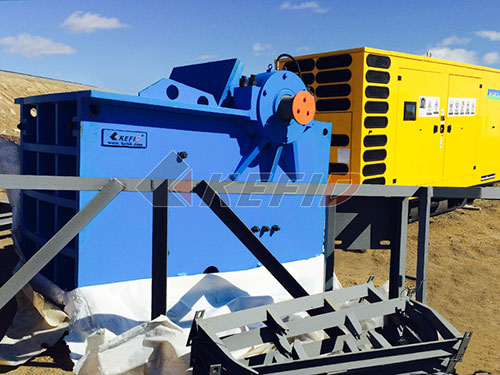The Enduring Legacy of the Blake Type Jaw Crusher: Foundational Power in Size Reduction
The world of mineral processing and aggregate production owes a significant debt to a mid-19th-century innovation: the Blake Type Jaw Crusher. Patented by Eli Whitney Blake in 1858, this robust machine established the fundamental operating principle that underpins most modern jaw crushers today, earning its place as a cornerstone technology in primary crushing applications.
Core Principle and Mechanism:
At its heart, the Blake crusher operates on a simple yet highly effective principle of compressive force applied through a reciprocating motion.
1. Fixed Jaw: One jaw is rigidly fixed to the frame of the crusher.

2. Movable (Swing) Jaw: The opposing jaw is mounted on an eccentric shaft near its top point.
3. Toggle System: A critical component is the toggle plate system located at the bottom rear of the movable jaw, connecting it to a pitman driven by the eccentric shaft.
4. Reciprocating Action: As the eccentric shaft rotates, it imparts an elliptical motion to the top of the movable jaw via connecting rods (pitman). However, due to its pivot point near the top and the constraining action of the toggle plate at the bottom:
On the downstroke, driven by gravity and eccentric motion, material entering from above is compressed against the fixed jaw.
On the upstroke, while material is released downwards due to gravity, no significant crushing occurs; this stroke primarily prepares for another downstroke.
This mechanism creates a powerful squeezing action focused near the bottom of the crushing chamber during each downstroke.
Distinguishing Features:

Pivot Point Location: The pivotal point for the swing jaw is located at its top, above and behind where material enters.
Fixed Point Crushing: The greatest crushing force is exerted near the bottom of both jaws during each compression stroke.
Toggle Plate Function: This component acts as both a safety device (shearing under overload conditions to protect other parts) and a crucial element defining and enabling the specific reciprocating path of the swing jaw’s bottom.
Advantages Driving Longevity:
The Blake design’s enduring popularity stems from several inherent strengths:
1. Simplicity & Robustness: Its relatively straightforward mechanical design translates into fewer complex parts compared to some alternatives, making it robust and reliable under demanding conditions.
2. High Reliability & Low

Leave a Reply